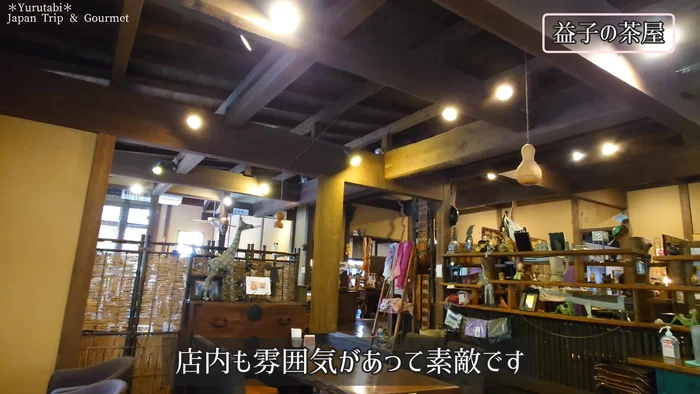My Masiko adventure unfolded a day before the bustling pottery fair, offering a unique and tranquil perspective on this charming Japanese town. I began with a delightful culinary journey, savoring local delicacies at Mako no Chaya, a restaurant run by a skilled makoyaki artisan. From there, I explored the serene Toji site, witnessing the meticulous preparations for the upcoming festival, a stark contrast to the anticipated crowds. This peaceful prelude perfectly set the stage for the pottery exploration to come.The pre-fair visit allowed for a leisurely exploration of Masiko, including the vibrant Masiko Roadside Station, filled with local produce and captivating crafts. This quieter approach allowed for a deeper appreciation of the region’s artistry, culminating in a rewarding pottery haul. My finds included exquisite pieces showcasing the high-quality craftsmanship I’d later learn more about; the meticulous detail is reminiscent of the precision often found in tools like Japanese ceramic coffee grinders, as detailed in this insightful article on exceptional grinders: The experience highlighted the connection between culinary tradition and the artistry of pottery in this remarkable region.
Pros And Cons
- Cute rounded shape
- Surprisingly light
- Fits well in hand
- Smooth texture
- Large size
- Suitable for soup and stews
- Good looking
- Easy to understand
- Outlet items
- Beautiful shape and painting
- Beautiful blue color
- Light
- Looks easy to use
- Warm illustrations
- Hard to put a towel on it
- Cute round shape
- Smooth surface
- Simple texture and color
Read more: 9 Exquisite Japanese Ceramic Coffee Cups
Lunch with a View at Mako no Chaya
My Masiko adventure began the day before the fair. I started with a delightful lunch at Mako no Chaya, a restaurant run by a local makoyaki maker. The restaurant offered a unique dining experience, with meals served on plates of makoyaki itself.

The atmosphere was charming and inviting. They even have a drink bar where you can choose your favorite cup!

I indulged in their autumn/winter limited edition porcini cream sauce hamburger and omelette rice set – absolutely delicious! My husband opted for the regular omelette rice set, and both were excellent. The pumpkin pudding and matcha tiramisu were the perfect sweet ending.
Exploring the Toji Site and Tet Village
With a full stomach, I ventured to the Toji site. Visiting the day before the fair meant smooth traffic and a chance to see the preparations underway without the crowds.

I was impressed by the organization and how much progress had been made. The climb up to the tent setup area gave me a good view of the scale of the event.

I also explored Tet Village in Union Square, witnessing the bustling preparations for the festival. I managed to see the venue without hindering anyone's work. The day before is definitely recommended for a quieter experience.

Masiko Roadside Station and Local Finds
I also visited the Masiko Roadside Station, another place I missed last time. I was immediately greeted by a unique capsule toy bridge at the entrance.

Inside, I found Sakka's work, a makoyaki shop, alongside an array of local products: vegetables, fruits, and snacks. It was a feast for the eyes and taste buds!

The roadside station also housed a restaurant. The abundance of delicious-looking local specialties made it hard to choose.

My Pottery Purchases: A Closer Look
My pottery haul from the Masiko fair included a charming mug from Hacraft, featuring a unique charcoal-created pattern. It's surprisingly lightweight and comfortable to hold.

A soup bowl from Risa in Nakabayashi City is another standout piece; its smooth texture and size make it perfect for soups and stews. I also picked up two outlet cups.

I was thrilled to find and purchase a piece by Kazuaki Shimura – the shape and painting are exquisite. My husband added a plate from Adan, an Okinawa pottery select shop, and a tea bowl by Yami-san to our collection.

Conclusion: A Masiko Fair Preview
Visiting Masiko the day before the pottery fair provided a unique perspective. I was able to explore the town, enjoy a relaxed lunch, and witness the festival preparations without the usual crowds.
The pottery I purchased is beautiful and functional, reflecting the high quality craftsmanship of the Masiko region. Each piece has its own unique charm and story.
Overall, I highly recommend visiting Masiko the day before the fair. It offers a peaceful and thorough experience, allowing you to fully appreciate the town and its offerings before the main event.
